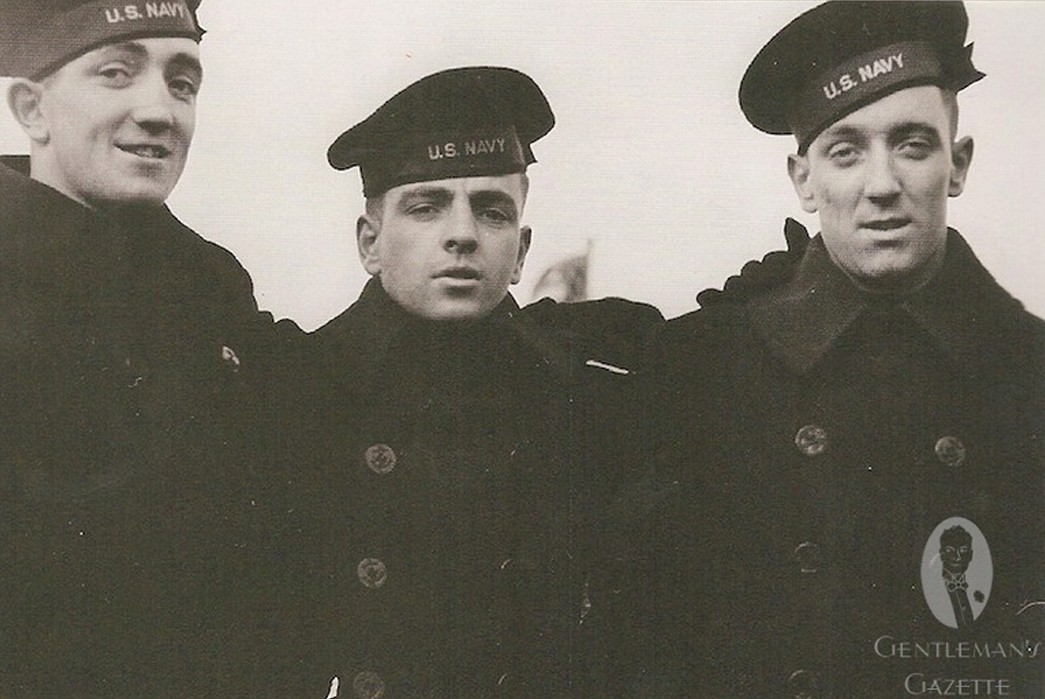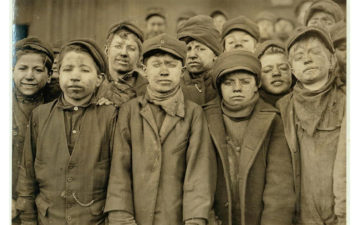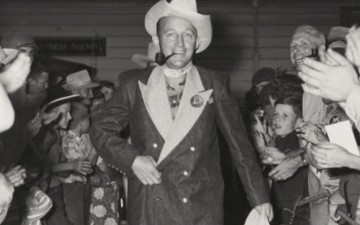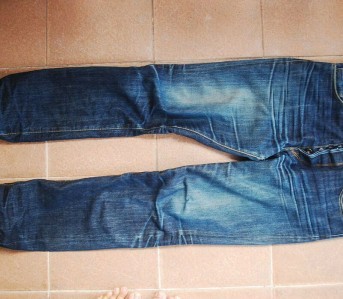Whenever the mercury starts to dip there has always been one piece of outerwear that emerges in force on the city streets. The peacoat has been one among the shortlist of items in menswear that has become a staple in the majority of closets and wardrobes as this versatile piece of military outerwear seems to have made the leap from a classic to complete mainstay in menswear.
Why are so many drawn to this particular silhouette? Why do designers and labels seem so willing to sell slightly tweaked pea coats every fall season? By taking a look at the history and the origins of the coat, we can see the popularity of the peacoat runs deeper than just a seasonal trend.
Military Influences
The history of the peacoat is deeply rooted in military and naval backgrounds. Surprisingly, the jacket has been around since the 1800s when the first variation was worn by then naval powerhouse, the Dutch. The name pea coat originated from the Dutch word “pije” (they pronounce their j’s funny), which was used in the Dutch language to describe a coat made from coarse wool fabric.
While the Dutch are credited for inventing the peacoat, it was the British navy who can take the credit for the popularization of the jacket. The British version of the coat was similarly designed for naval duties, particularly designed to be a uniform for petty officers.
The coat then made its way across the Atlantic for a third appearance, this time with the American Navy. The U.S. Navy adopted the coat and used the coat for “reefers”, who were the sailors responsible for the unenviable task of climbing up the rigging of sailing ships
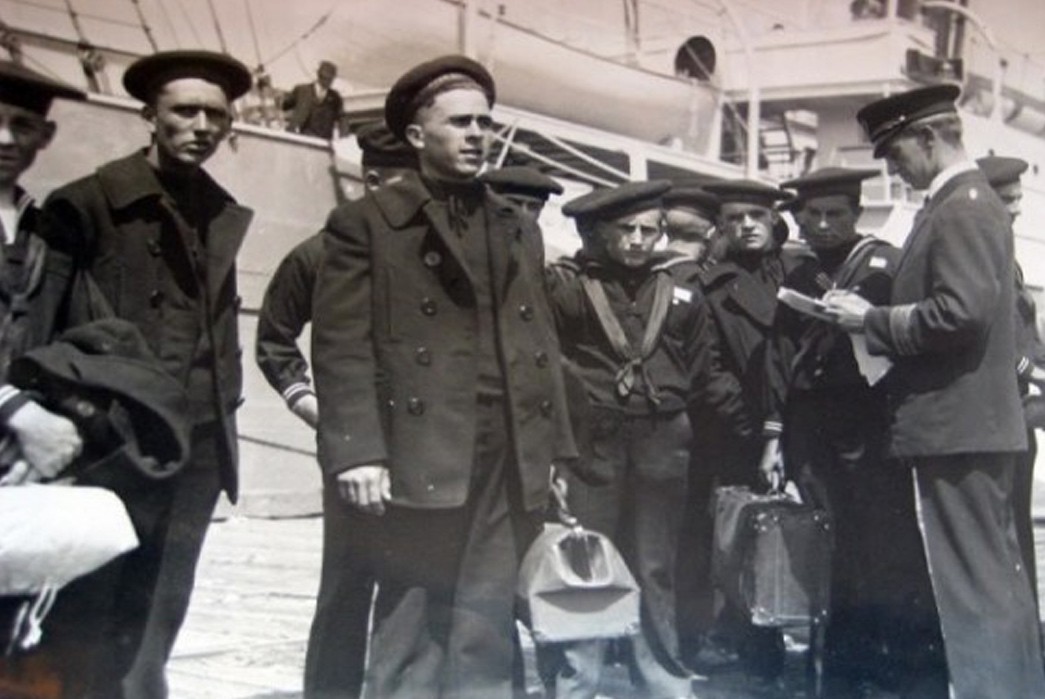
The common denominator for all three countries for adopting the pea coat was a need for a durable piece of outwear that could withstand the harsh rain, wind and cold temperatures typically experienced out at sea.
Construction & Functionality
Each of the Dutch, British, and American variants of the coat kept a silhouette that was relatively form fitting to keep out harsh winds. The jackets would normally flair out at the hips, making it easier for the navy officers to climb the ropes at sea.
Most of the coats were double breasted and featured an ulster collar, which could be buttoned all the way up to protect you from the harsh elements. Some variations either had side vents, a center vent, or no vents at all. Most jackets featured vertical slit pockets on the lower half of the jacket constructed for easy access to personal items such as wallets. Nearly all peacoats feature either brass or plastic buttons with an image of a fouled anchor imprinted on them.
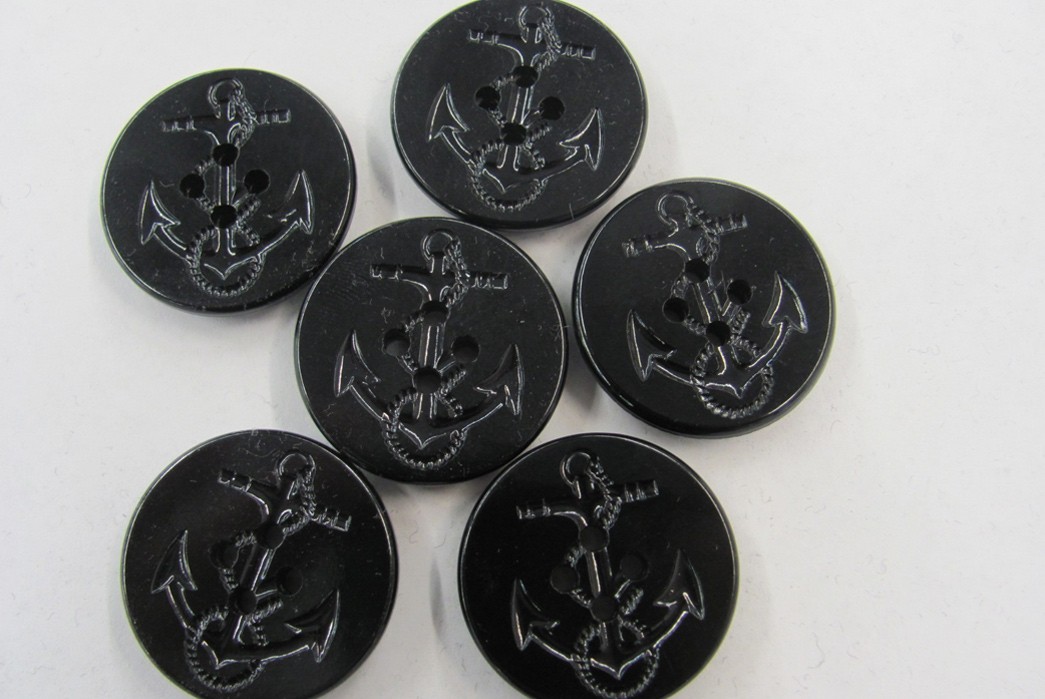
Traditional peacoat buttons. Image via Sterlingwear.
Peacoats during this era were constructed out of melton wool, a variant made of 70 percent wool and 30 percent acrylic. The wool is woven tightly and treated with heat to bind the fibers together resulting in a very warm water and wind-resistant fabric that was perfect for life at sea.
Peacoats Today
The functionality of the peacoat in modern times remains relatively unchanged; it is still a viable outerwear option for fall/winter though it’s certainly made its way across the gangplank into city life. What has changed and modernized is the fit and construction of the jacket. The fit of the jacket has been taken in, leaving most pea coats today offering a slim and more snug fit.
Many brands, however, still continue to produce the original in all of its classic glory. Below we have three faithful peacoat versions to suit three very different budgets.
Schott Classic 32oz. Peacoat
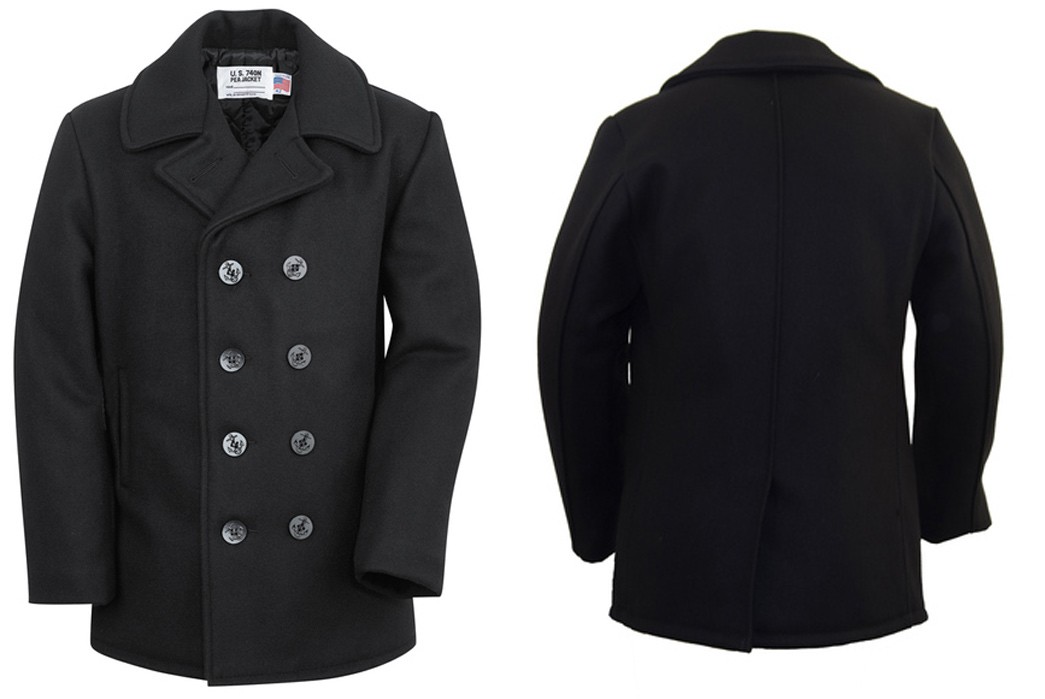
The Schott peacoat is about as basic as it gets: thick melton wool, anchor buttons, nylon lining, and two slit pockets. The jacket is made in USA and could very well outlast you.
Available for $280 at Schott
Buzz Rickson’s 1910 Peacoat
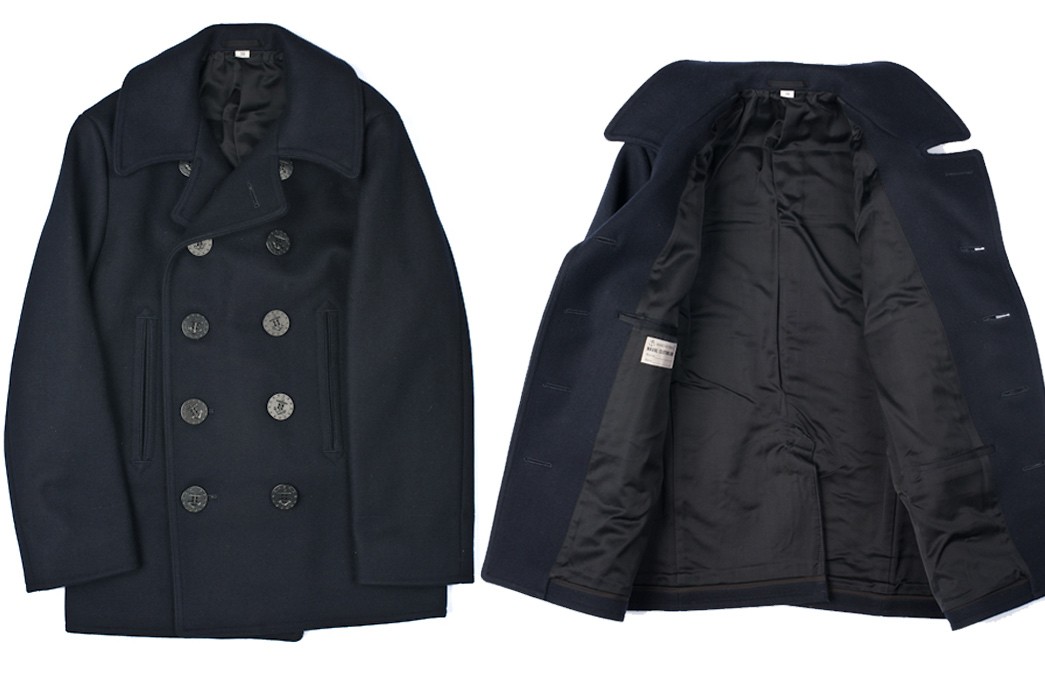
The next step up the repro ladder is Buzz Rickson’s version of the US Navy’s 1910 peacoat. The extra dough buys you four extra ounces of melton wool (36oz.) and has special buttons with thirteen stars around their edges to represent the original thirteen colonies.
Available for $600 at Self Edge
The Real McCoy’s U.S. Navy 1913 Peacoat
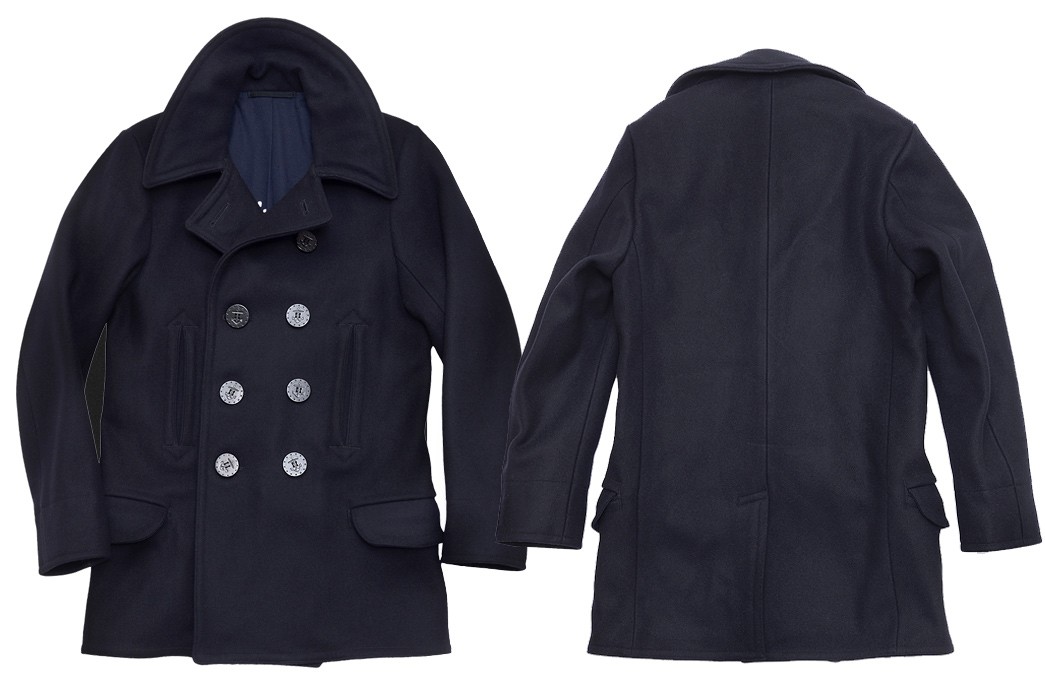
Finally, we arrive at the peacoat by military repro masters, The Real McCoy’s. Their version looks three years to the future from Buzz at the US Navy’s 1913 issue and adds another ounce for 37oz. of melton wool. The 1913 version also features extra hip level flap pockets in addition to the waist slashes.
Available for $895 at The Real McCoy’s
